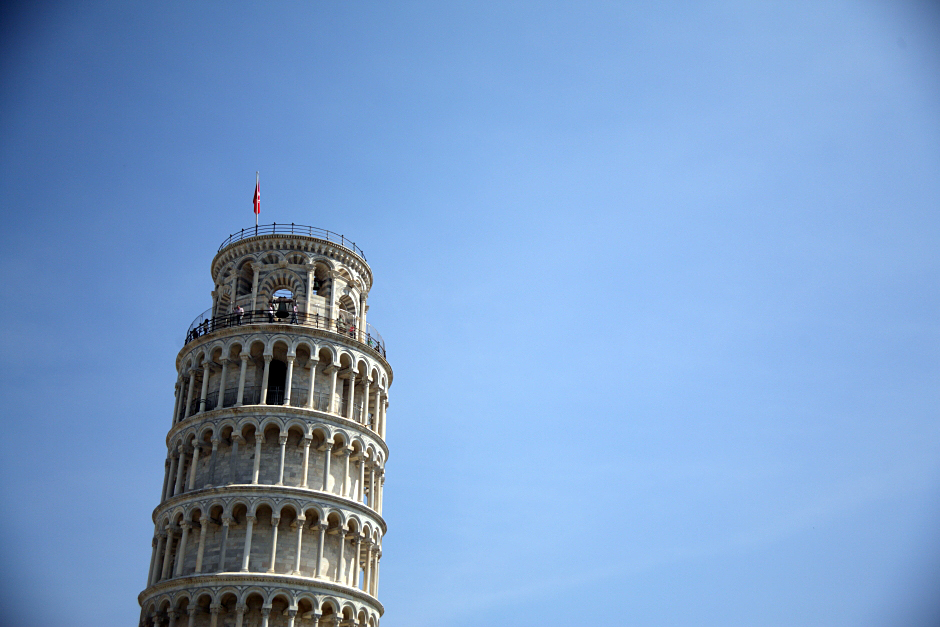
If you drop a feather and a bowling ball at the same time, which one reaches the floor first? Logic would say the bowling ball, because it’s heavier. But that’s not the case in an environment bereft of air.
To set up this puzzling “turtle vs. hare” experiment, BBC Two’s Human Universe host Brian Cox headed to NASA’s Space Power Facility in Sandusky, Ohio, home to the world’s largest vacuum chamber. To test its spacecraft in the conditions of outer space, NASA built the bullet-shaped chamber, which is 122 feet high and 100 feet in diameter. In a process that takes three hours, the chamber pumps out 800,000 cubic feet of air.
The experiment Cox sets up in the video below is a modern version of astronomer Galileo’s that performed at the Leaning Tower of Pisa. There, Galileo dropped two objects of the same mass from the tower, observing that the objects fell at the same acceleration rate, disproving Aristotle’s theory that stated an object’s rate of acceleration was relative to its mass. In short, the experiment conducted in the vacuum demonstrates exactly what Galileo predicted would happen.
—RealClearLife Staff
This article was featured in the InsideHook newsletter. Sign up now.





















